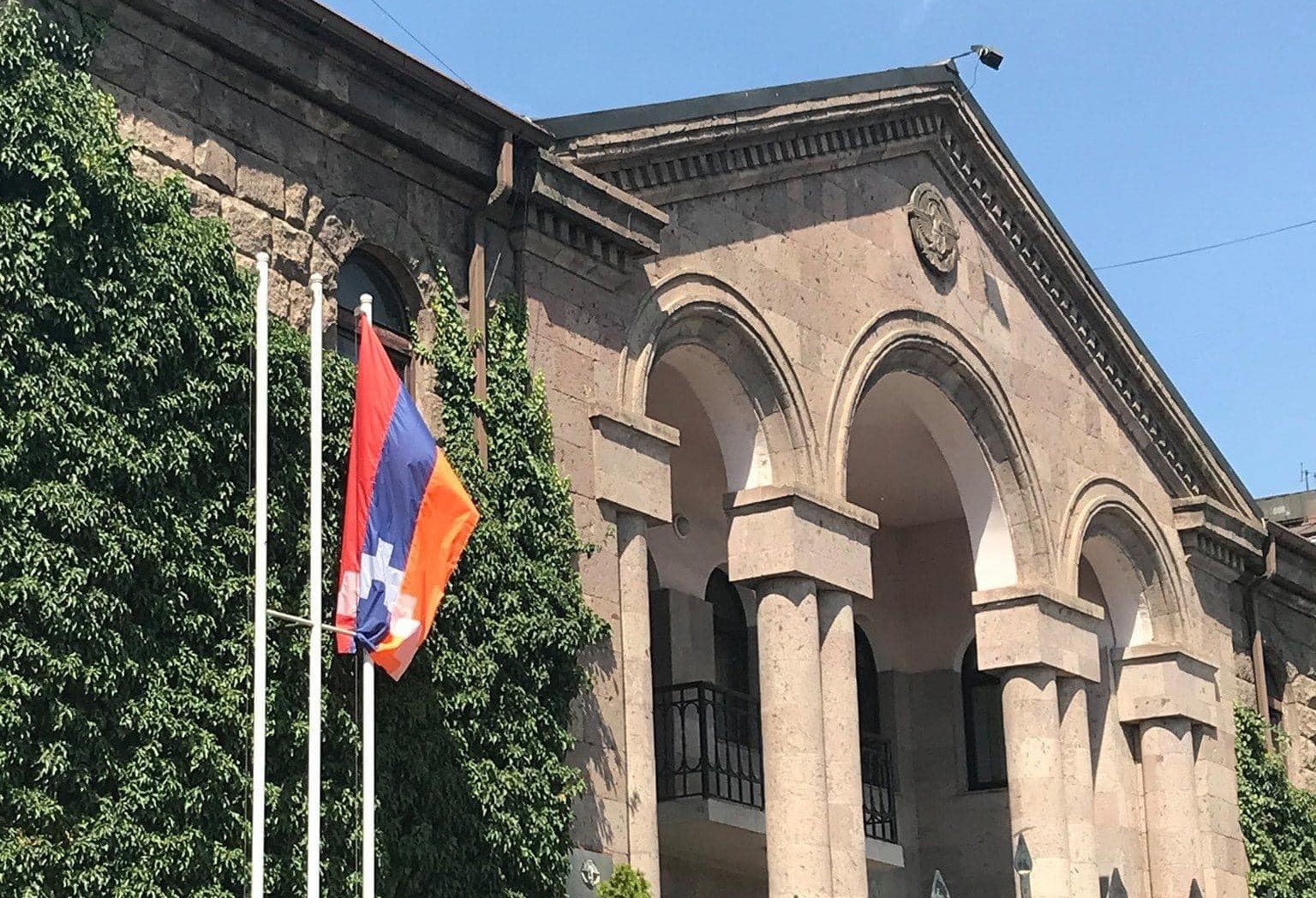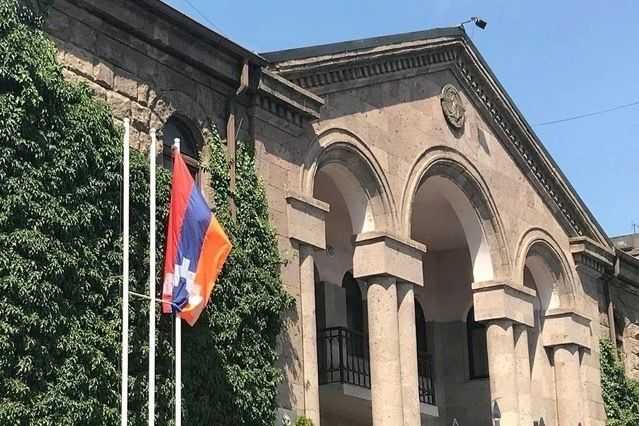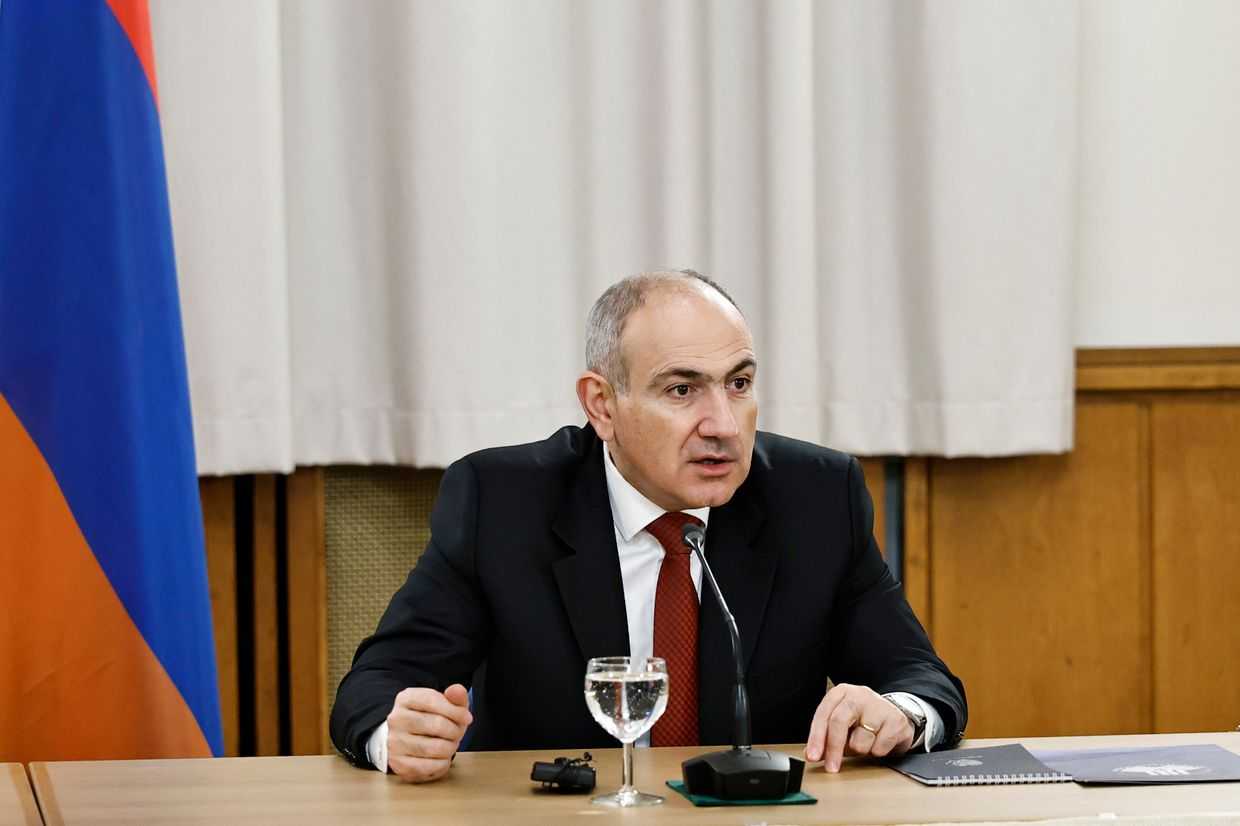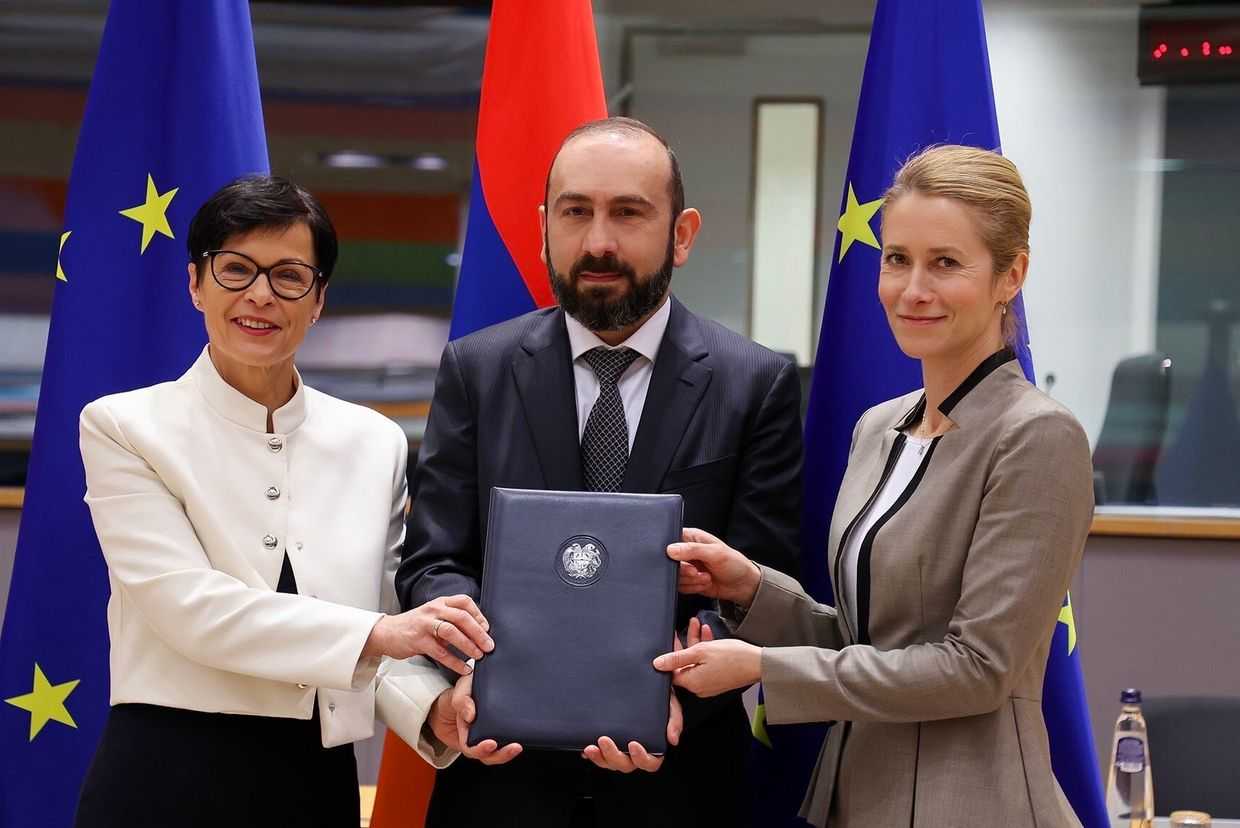
A group of former officials from Nagorno-Karabakh as well as president Samvel Shahramanyan have gathered in Yerevan to discuss ‘preserving the statehood’ of Nagorno-Karabakh.
Wednesday’s meeting was closed to the public and few details of the discussions have been revealed.
In addition to Shahramanyan, it included MPs from the region’s parliament as well as other public and political figures from Nagorno-Karabakh and Armenia.
The discussion was initiated by the Committee for the Preservation of Artsakh Statehood, founded by Suren Petrosyan, an Armenian opposition figure.
Petrosyan previously announced that the committee’s priorities were to preserve Nagorno-Karabakh’s institutions while promoting recognition of the right to self-determination for Nagorno-Karabakh’s Armenian population and ensuring their safe return to their homeland.
Practically the entire population of Nagorno-Karabakh fled to Armenia following the Azerbaijani attack on the region on 19 September and the region’s surrender the following day.
As part of the surrender agreement mediated by Russia, Shahramanyan signed a decree ordering the dissolution of the Nagorno-Karabakh Republic by 1 January 2024.
One of the attendees of Wednesday’s meeting, Ara Zohrabyan, a right-wing Armenian opposition figure, said the decree had no legal force and that the president could not dissolve a state that ‘became independent by referendum’.
Zohrabyan did not disclose the content of the discussion but expressed hope that ‘Artsakh will be returned’ without clarifying by whom and how.
Shahramanyan did not answer journalists’ questions, while Suren Petrosyan, who initiated the meeting, announced that the processes would continue.
‘The state has two components — land and people. At the moment, Artsakh is occupied, but our compatriots of Artsakh are here. The community exists, and there is also their legitimately elected government. And if we want to preserve our ambitions and our rights towards Artsakh, we must be able to preserve this second component,’ said Petrosyan.
A threat to Armenia?
However, concern has been raised in some quarters that a government in exile based in Armenia could put the country at risk from attack by Azerbaijan.
Petrosyan dismissed such concerns, stating the process was ‘not organised by the authorities’.
In late October, Shahramanyan also, claimed that ‘a republic created by the people cannot be dissolved by any document’.
In response, Tigran Grigoryan, the head of the Regional Center for Democracy and Security, a Yerevan-based think tank, told CivilNet such initiatives could pose a threat to Armenia.
‘In the long term, I think this will be quite dangerous for the Armenian authorities because there will be pressure from Azerbaijan to dissolve all those bodies’, he said. ‘The Armenian authorities, if a peace agreement is signed, will not allow it to continue to exist in Armenia, at least at the level that all that exists now’, he added.
Grigoryan, who is himself from Stepanakert, also said it was unrealistic to hope that revoking any document or intervention by the international community could bring any fundamental change on the ground in Nagorno-Karabakh.
He also said that as there was no official initiative from Yerevan to create a government for Nagorno-Karabakh in exile, any group claiming to represent the region’s former Armeian population would likely face competition from other such groups and would thus not be taken seriously.









